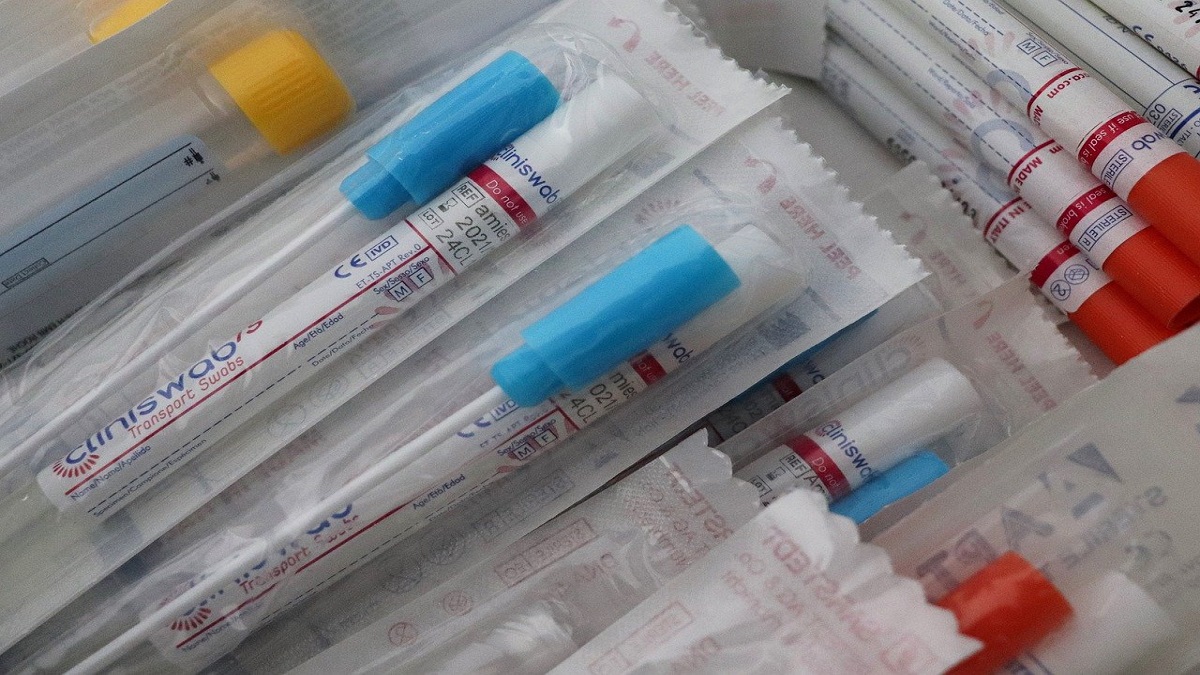Authorities in China have started to roll out anal swab COVID-19 tests, which they say will help detect cases in high-risk individuals.
With regional outbreaks of COVID-19 cases in the lead up to Spring Festival, China health authorities are taking new prevention measures to make sure no potential carriers are missed.
On Wednesday, a Weinan city official in Shaanxi province said a 52-year-old man, who originally showed a negative result after a throat swab, ended up testing positive using nose and anal swabs. The man showed symptoms such as coughing and appetite loss.
Anal swabs appear to be a last resort for health officials to rule out coronavirus carriers. The process involves inserting a cotton swab 3 to 5 centimeters into the anus and gently rotating it, Reuters reports.
State-controlled media has floated the notion of anal swabbing for “high risk groups” in recent days, citing claims by Li Tongzeng, a deputy director in charge of infectious disease at Beijing You’an Hospital. Some tests have already been conducted, and more are expected as the country moves into its busy Lunar New Year season.
Li says anal coronavirus tests are useful for cutting down on false negative results among high-risk patients, because the virus can linger in the intestinal tract for days after it’s cleared out of the respiratory system.
Dr. Yang Zhanqiu of Wuhan University says nasal and throat swabs are still the best methods for detecting COVID-19, since the virus is contracted through the upper respiratory tract.
“There have been cases concerning the coronavirus testing positive in a patient’s excrement, but no evidence has suggested it had been transmitted through one’s digestive system,” Yang told the state-run Global Times.
The study, published by researchers at the Chinese University of Hong Kong (CUHK), noted the stool tests may be more effective than respiratory tests in identifying COVID-19 infections in children due to a higher viral load in their stool than adults.
Anal swabs have not been widely adopted in other nations to date, but public health agencies in many countries, including Canada, have been testing sewage to get a general sense of the virus’ presence in local populations.
